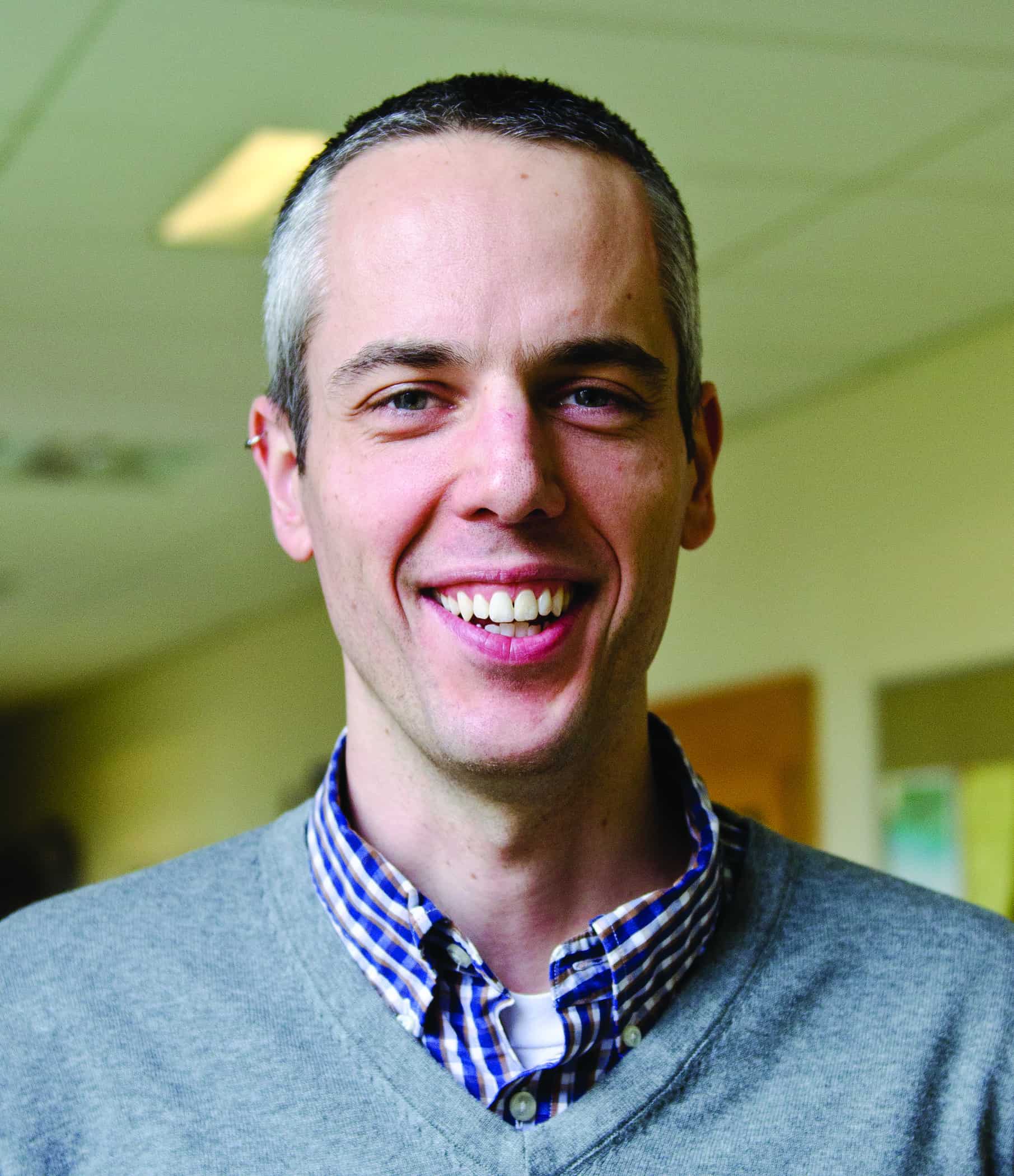Standing at 6’3”, astronomy professor Michael Reid says his great stature allows him to have more presence when teaching at Convocation Hall. However, his height is not the only attribute that gives him a perfect overall score on instructor evaluation site ratemyprofessors.com and helps him command some of the largest classes at U of T.
Described by students as engaging, friendly and funny, Reid teaches the popular course AST101, which is taken by students from diverse backgrounds and disciplines.
“The challenge it raises is trying to get everyone thinking the same way and trying to present the material so that it’s accessible to everyone without any prior knowledge,” the salt-and-pepper-haired professor says.
While encouraging students to practise quantitative reasoning, Reid says he has taken math entirely out of AST101 to accommodate students with varying levels of math knowledge. In fact, during his exams, calculators are not allowed, which stirs up some controversy at times.
“As a scientist, most of my colleagues want to teach with a fair bit of math. That’s the way we make sense of the material,” Reid explains. “I personally feel a bit unfair to ask students to do a course that’s got math in it.”
To engage with a full auditorium, Reid says he tries to “break the fourth wall” and avoid spending too much time talking. He also breaks up teaching sessions with i>Clicker quizzes.
“It turns the lecture into a game in a way,” Reid says, describing the moment of total silence when students eagerly wait for the answers.
In addition to MSN chats and Blackboard discussions, Reid also takes part in what he calls “the café chats” where he meets up with student groups off campus at cafe spots.
He points out that U of T has “a funny office hour culture,” where meeting students at a designated location during selected time slots has always been a challenge for many instructors, due to the sheer size of the campus and the short breaks. Instructors must find innovative ways, both online and offline, to connect with students.
“As long as you adapt your teaching style, you can be just as successful with 1000 [students] as you can with ten,” Reid says. “You have to let your personality expand and relate to students in a different way.”
Aside from the occasional administrative challenge of managing more than 1200 students and 22 TAs, such as replying to emails, teaching at the 104-year-old campus fixture has been a very positive experience for Reid. He says he appreciates the vibrant energy of Con Hall, and whenever he poses a questions, chances are there is someone who is willing to share their thoughts.
Astronomy students face a unique challenge in the field of science as they cannot touch or directly study the subjects they are learning about. Reid adds, however, that students with a degree in astronomy enjoy one of the highest employment rates in any field. The most common career path is to work at university or government research labs. Also, with the variety of skills they acquire, students can expect to land a job in anything from finance and the medical field to technical writing and imaging.
Although Reid didn’t grow up with a telescope in his backyard, books on black holes and extraterrestrial lives sparked his interest and naturally led to his career choice as an astronomer. After completing his undergraduate studies in physics at the University of Waterloo, the Toronto native started teaching at McMaster University as a graduate student.
Recalling his first lecture — first-year astronomy with 120 students — Reid admits he was very nervous, despite the much smaller class size compared to his current classes at U of T.
“The main thing first-time instructors worry about is that they are going to get stomped on by students. I got stomped on a couple times,” Reid says with a chuckle.
Few students know that the soft-spoken professor has been a strict vegan for over two decades. He also enjoys creative writing during his free time and is an avid reader. He is currently reading Dostoevsky.


